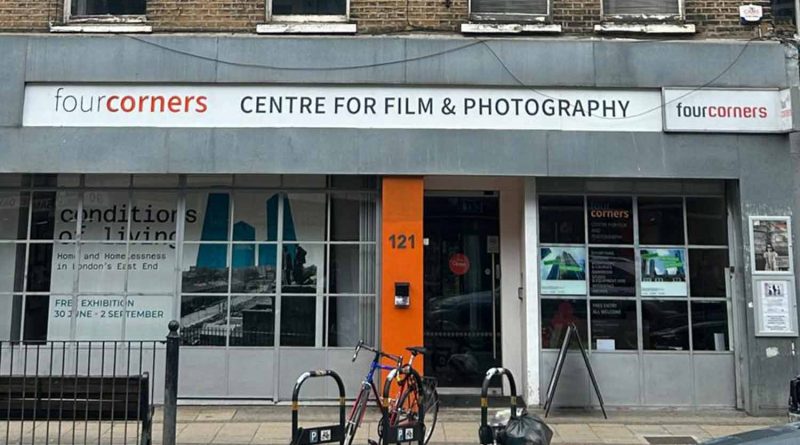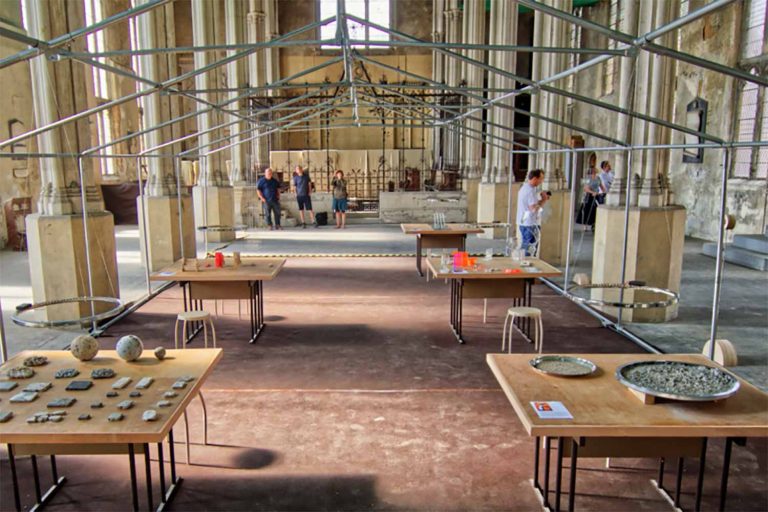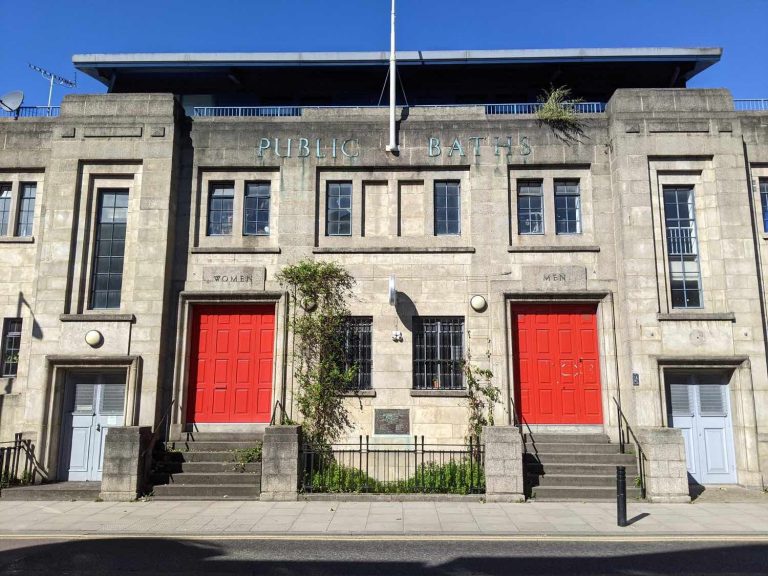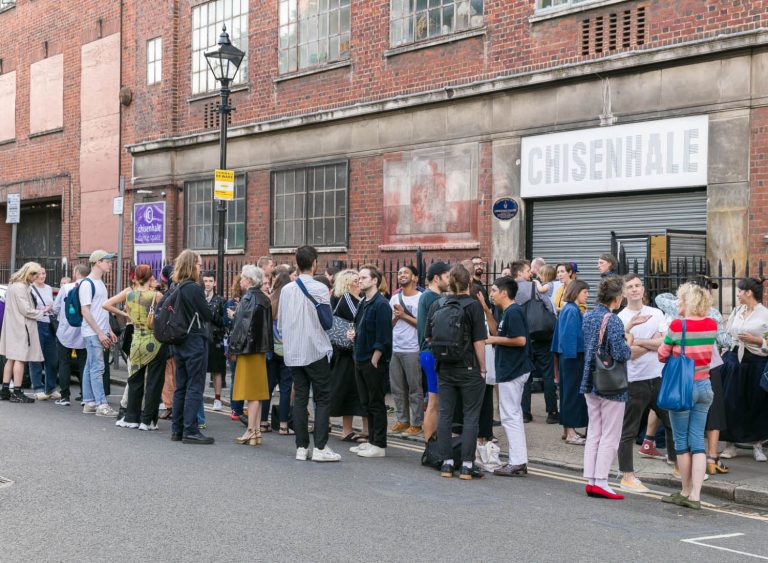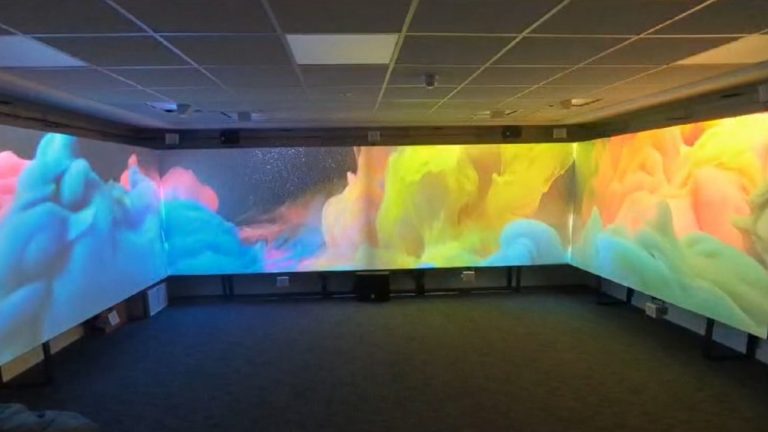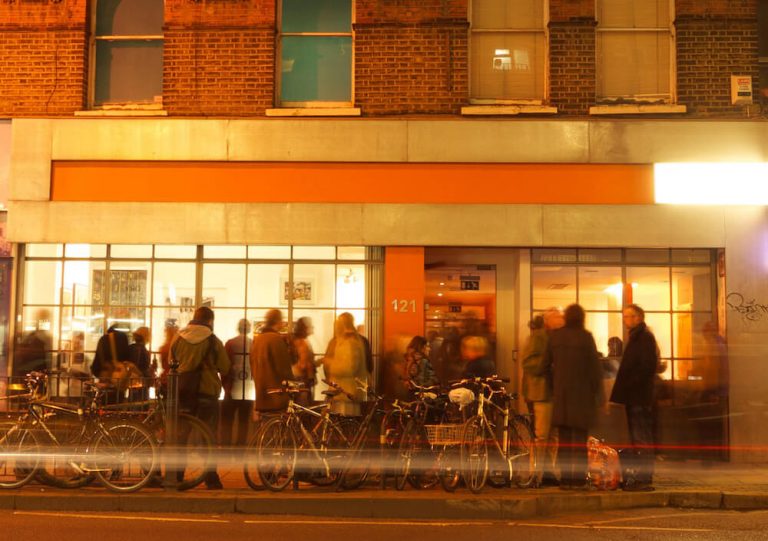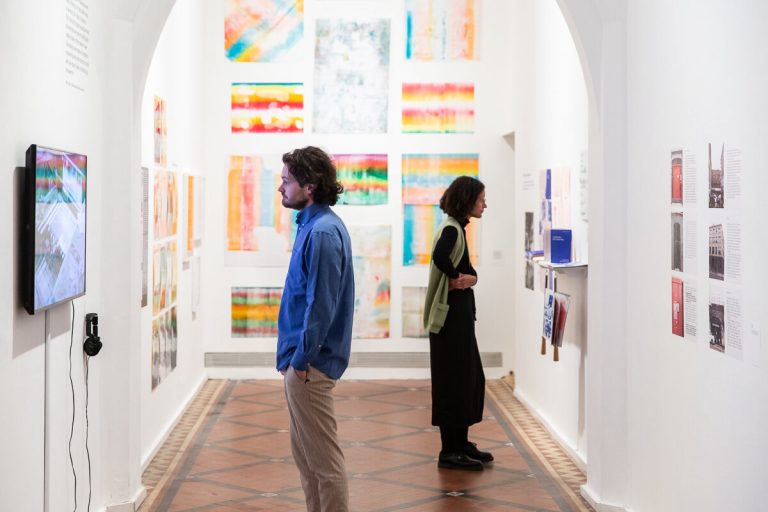Bucket list Bow: Four Corners Gallery
Discover Roman Road’s little-known gallery that was the first to document the radical East End in the 1970s and continues to show local photographic work
With so many new and exciting changes happening on the streets of East London, it’s easy for moments and layers of history to get buried in the fast-paced flow of the city.
When you’re walking among the hustle and bustle of Brick Lane market on a Saturday, you might forget that you’re travelling the very same streets as the protestors of 1978, who stood up against racism after the murder of British-Bangladeshi Ali Altab.
Or when you’re having a coffee on the Roman, it probably doesn’t occur to you that you are sitting within 100 miles of the Suffragette’s East End headquarters, where Sylvia Pankhurst’s revolutionary plans were first conceived.
Luckily, Four Corners Gallery in Bow has been memorialising the history of the East End through photography since it opened in 1973. Its own past is inextricable from the road it serves.
Today, Four Corners stands at 119-121 Roman Road, just a few doors down from local favourite restaurant, Mum Likes Thai Food.
The gallery is painted orange and plated in panels of galvanised steel. But its elegant facade bears little resemblance to the organisation’s first home, squatting in a greengrocer’s and a haberdashery where City View Hotel now stands on the Roman.
Four Corners was founded by four photography students and has always been committed to displaying photography outside of the mainstream.
Offering East Enders a chance to represent themselves, it memorialises local history through the eyes of those who lived it. To this end, it also runs photography training courses and rents out quality cameras and lenses at affordable prices.
From photographs of the 1978 Brick Lane protests to Norah Smyth’s arresting photographs of the suffragettes, its exhibitions are devoted to the socially-conscious objective of showing the East End through the eyes of those who experience it on a daily basis.
And its current exhibition, Home and Homelessness in London’s East End, is no different. From workhouses to slums, and damp council flats to Thatcher’s Right to Buy Scheme, this exhibition shows how photography was used as a tool for change.
The gallery itself lies in the shadow of the iconic Cranbrook Estate, making the photographs particularly resonant. Created with local residents, the work examines the rise of ‘affordable’ housing and the state of social housing today.
And if you’re passing the estate on the way to the gallery you will see art of a different kind on your way. Elizabeth Frink’s much-loved local statue, Blind Beggar and His Dog stands outside Cranbrook Estate and can be seen from the Roman as you walk by.
The exhibition is running until Saturday 2 September, so if you don’t get a chance to go today, you’ve still got lots of time. It only takes about half an hour to walk around, so if you work in the area, you could even swing by during your lunch break.
For more things to do in Globe Town, check out its newly-opened Caribbean restaurant on Old Ford.

